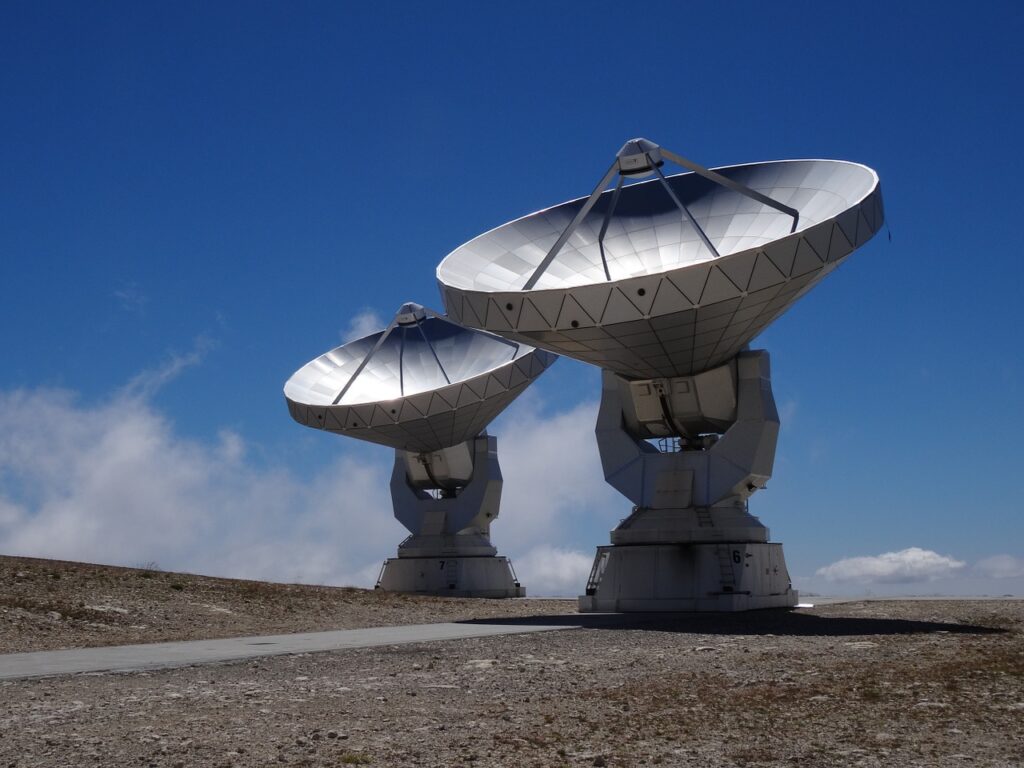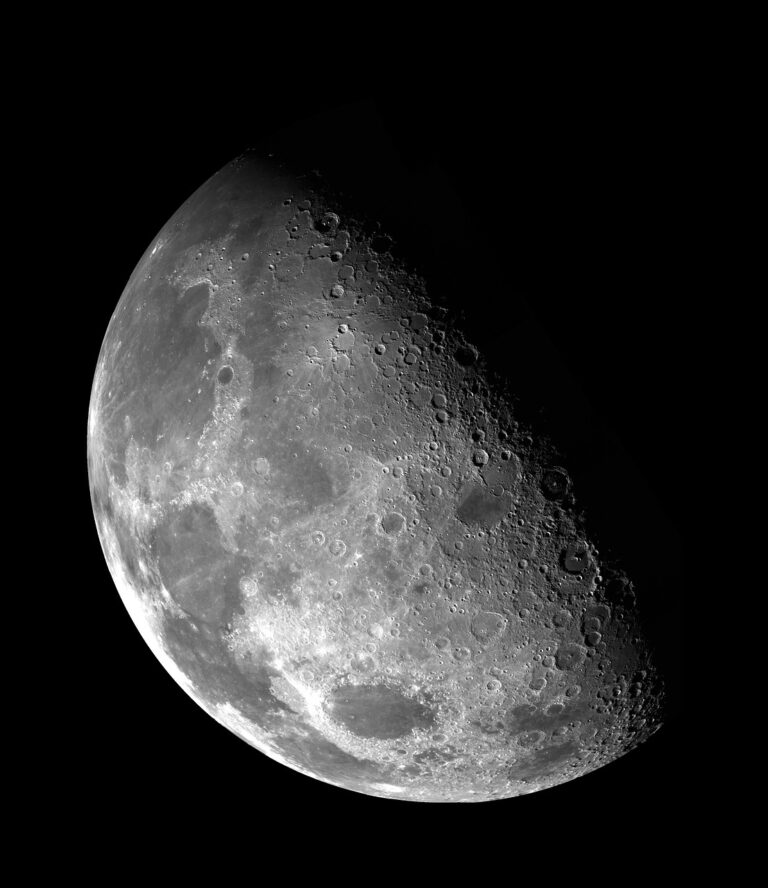Learn about telescopes with us!
A telescope is an instrument that supports the observation of distant objects by absorbing electromagnetic radiation like visible light. There are three types of optical telescopes that are ideal for astronomical use: refractive telescopes that use lenses to bring light into a focal point, reflective telescopes (which use mirrors to form an image), and catadioptric telescopes that use mirrors and lenses. A refracted telescope collects light from the visible part of the electromagnetic spectrum, increasing the size and brightness of distant objects.

The first known practical telescopes were invented with glass lenses in the 19th century, but in the 20th century, many new types of telescopes were invented. These include catadioptric telescopes, reflectors, reflex telescopes, and refracted telescopes.
The word telescope today refers to any instrument that recognizes different regions of the electromagnetic spectrum. Optical telescopes are used for many non-astronomical instruments, including theodolites (including transits) and spotting scopes. Imager that embeds a proposed ultralight design of a space telescope that focuses light through a Fresnel lens.
A radio telescope is a directional antenna that typically uses a large dish to collect radio waves. Of the basic optical types, there are a number of tasks that are classified according to their different optical designs and the ability to perform them.
A telescope is an instrument that collects and analyzes radiation from a distant source. The most common type is a collection of lenses and mirrors, which are used to help the viewer see distant objects more clearly by magnifying them and increasing the effective brightness of weak objects. One characteristic that all telescopes have in common is their ability to bring distant objects closer to us.
The word telescope is derived from ‘tele’, which means “far,” and the word ‘skopein’ means “to look or see.” When someone says they have a 6-inch or 8-inch telescope, they mean the diameter of the recording surface. A main feature of telescopes is the aperture (the main mirror) and the lens. The larger the lens, the more light can be collected, and the easier it is to see and photograph the object.
For light to penetrate, the lens must be made of high-quality glass, and it is more expensive than using a mirror or reflector to use a telescope with a specific aperture that uses lenses and refractors because the sides of the lenses all need to be polished with great accuracy.

The path of optics is the same for all telescopes, both for personal instruments and for research observatories. You collect light from objects in the sky and use the lenses and mirrors to focus your eyes. Telescopes allow you to see much more than you can observe with the eye alone, such as galaxies, stars, planets, and other objects.
Most modern reflector telescopes use a coating on the mirror – lens combination to reduce the coma effect. Longer tubes are made to get larger images, and better lenses are used to improve visibility.
Professional and academic astronomers have access to larger telescopes and better computers and have the ability to detect planets, moons, stars, and other objects in the Milky Way. Simple, small telescopes can teach us a lot about how astronomers work, not to mention giving us the ability to see the changing positions of the moons of Jupiter and Saturn.
The direction of the telescope can be changed by adjusting the orientation north of the star and adjusting the settings on the R & A declination axis. Refractive telescopes have replaced reflective telescopes, although large refractive telescopes were very popular in the second half of the 19th century. Reflective telescopes, also called reflectors, are optical telescopes that use a single combination of curved mirrors that reflect light and form an image.
Reflected telescopes were invented because the refractive telescopes at that time were a construction that suffered from strong chromatic aberrations. It was believed that this constellation would solve the problems with chromatic aberrations that plagued the refractive-driven telescopes.

Newton believed that this problem could never be cured with a refracting telescope, so he decided to find a new solution.
This idea was pursued by him in 1668 with a reflecting telescope that used two mirrors instead of a lens to collect and focus the light. Newton’s breakthrough was the use of a large concave primary mirror, which focused light through a small flat diagonal mirror that projected the image through the eyepiece on both sides of the telescope.
On the other hand, reflector telescopes collect more dust and dirt in their internal components and may require a little more maintenance. A composite Schmidt-Cassegrain telescope, sometimes called Catadioptric or “Cassegrain” telescope, is a combination of two mirrors and a lens. These scopes are best suited for the observation of faint objects, but can also be used to observe objects outside the Earth.
* The information provided herein is, to the best of our knowledge and is only for informative purpose. If you have a news update or correction, let us know at -info@garudauniverse.com




